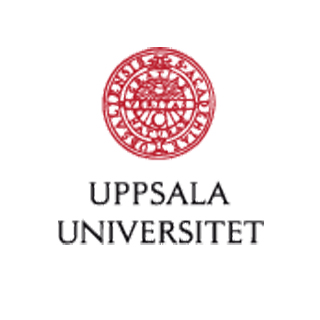
Several treatment techniques that are created for allergies, cancer, and autoimmune diseases are apparently based on the use of alleged monoclonal antibodies. The expenses of these protein pharmaceuticals are elevated, somewhere around 15,000 and 1,50,000 dollars for each patient and year. Also extended durations of treatment are said to be frequently required.
It is believed that therapeutic vaccines may not comprise any pre-produced antibodies but somewhat motivate the immune system to generate its own therapeutic antibodies. They are thought to be significantly less costly to produce as compared to the drugs that are now being developed.
“Therapeutic vaccines that target the same molecules in the body as the various monoclonal antibodies would enable us to reduce the cost of treatment significantly, and also decrease the number of visits patients need to make to the clinic,†commented Lars Hellman, professor of molecular and comparative immunology at the Department of Cell and Molecular Biology, Uppsala University, who directed the study.
Apparently, until now, there seems to be only one adjuvant that is permitted for use in humans. This matter seems to have slight or no outcome when the objective molecule is endogenous, that is, generated by the body itself. To produce a novel and more powerful adjuvants, experts from Uppsala University got into a partnership with colleagues from the Shemyakin-Ovchinnikov Institute in Moscow. They supposedly carried out inclusive examination of a variety of possible combinations.
Lars Hellman remarked, “We have made a very important breakthrough by managing to identify a substance that is biologically degradable and that exhibits considerably higher activity than the adjuvants that have been used in the past.â€
He further mentioned that new and highly promising findings are an important step toward developing more cost-effective drugs for some of the major public health diseases.
The findings were published in the journal Vaccine.
